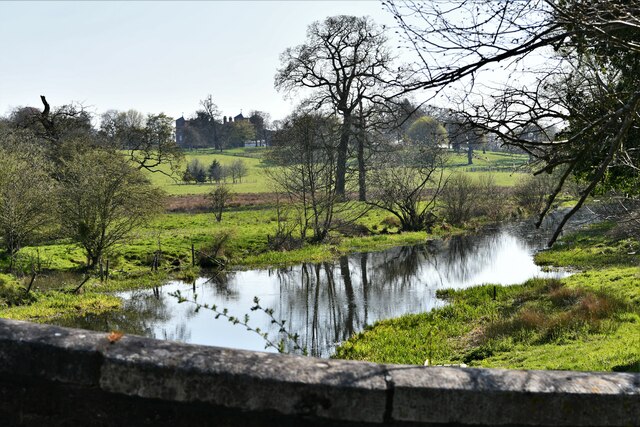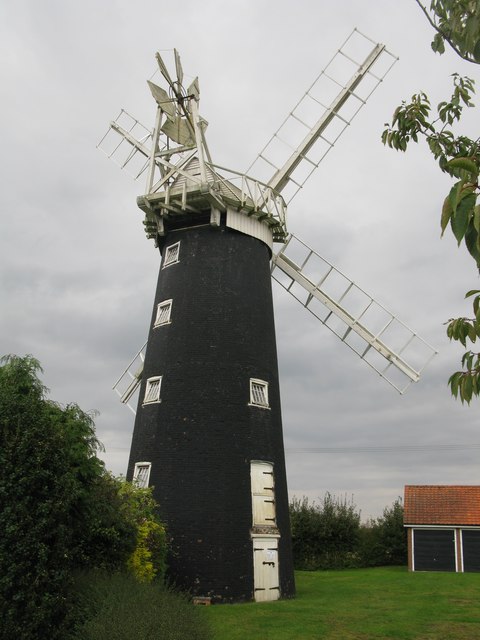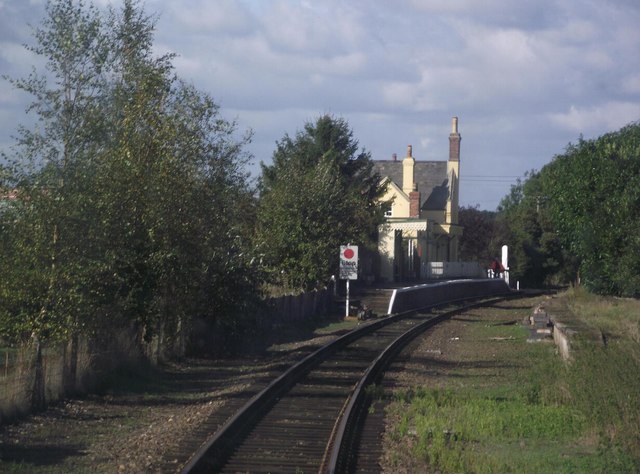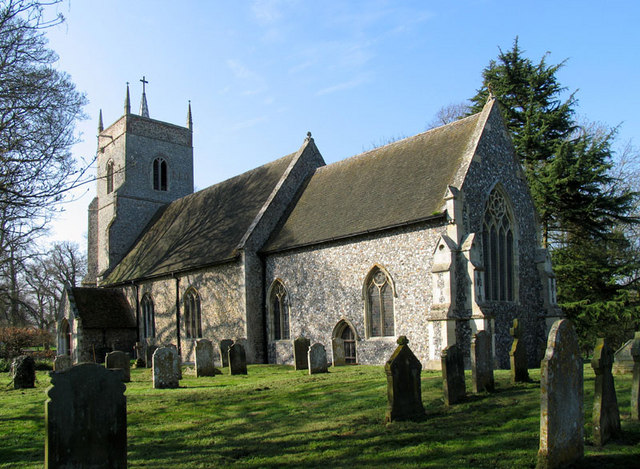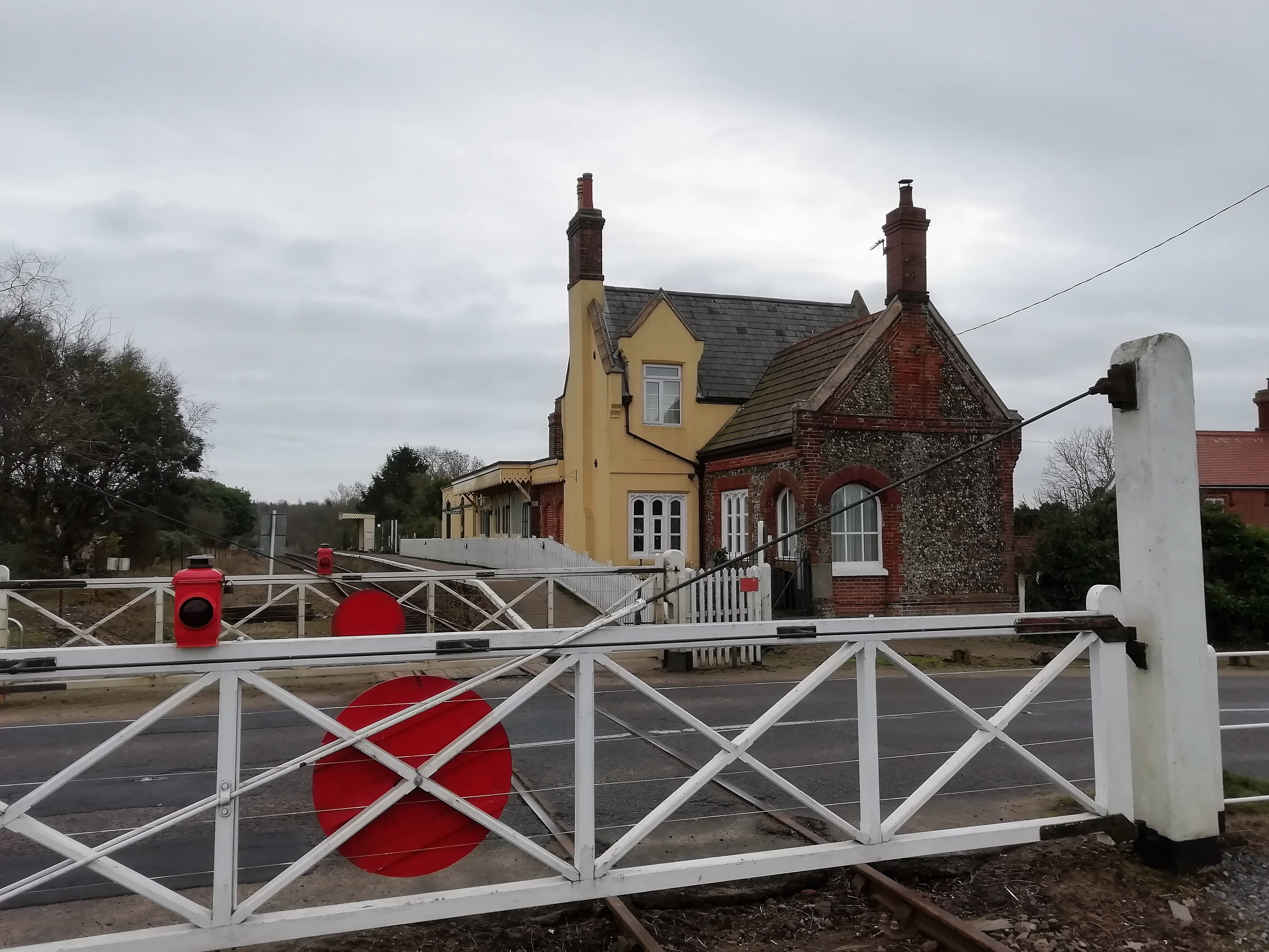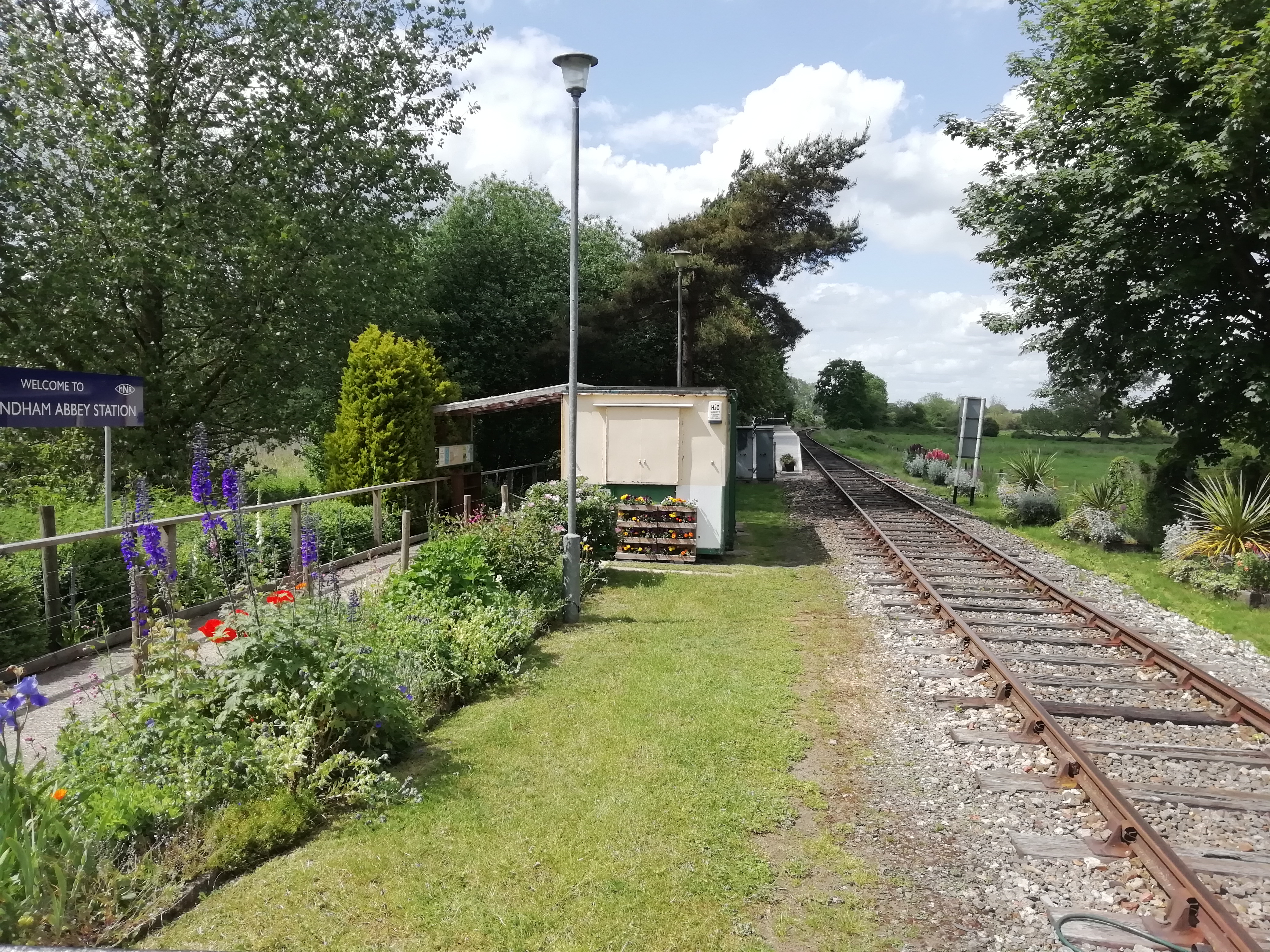Crownthorpe
Settlement in Norfolk South Norfolk
England
Crownthorpe

Crownthorpe is a small village located in Norfolk, England. Situated approximately 12 miles south of Norwich, it is nestled amidst the picturesque countryside that characterizes this region. With a population of around 200 residents, Crownthorpe has a close-knit community that exudes a welcoming and friendly atmosphere.
The village is known for its charming traditional cottages and historic buildings, which showcase the area's rich architectural heritage. The local church, St. Peter's, is a prominent feature and dates back to the 14th century, offering visitors a glimpse into the village's long history. Surrounding the village are vast expanses of green fields and rolling hills, providing a stunning backdrop for leisurely walks and outdoor activities.
Although Crownthorpe is a small village, it is conveniently located near a range of amenities. The nearby town of Wymondham offers a variety of shops, restaurants, and leisure facilities, ensuring that residents have access to essential services. Additionally, the village benefits from excellent transport links, with the A11 and A47 roads just a short drive away, providing easy access to Norwich and beyond.
For nature enthusiasts, Crownthorpe offers ample opportunities to explore the surrounding natural beauty. The village is located near the Norfolk Broads, a network of rivers, lakes, and wetlands that are renowned for their unique wildlife and scenic landscapes. This proximity allows residents to enjoy activities such as boating, birdwatching, and hiking.
In summary, Crownthorpe is a quaint village in Norfolk that boasts a rich history, stunning countryside, and a close-knit community. Its idyllic location and nearby amenities make it an attractive place to live or visit for those seeking a peaceful and picturesque setting.
If you have any feedback on the listing, please let us know in the comments section below.
Crownthorpe Images
Images are sourced within 2km of 52.586643/1.073474 or Grid Reference TG0803. Thanks to Geograph Open Source API. All images are credited.
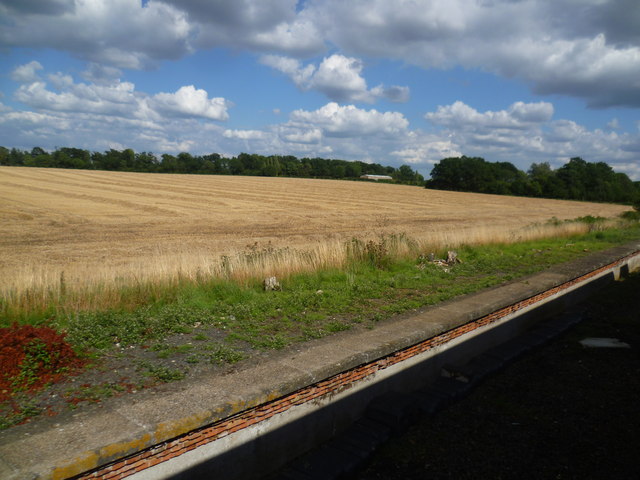
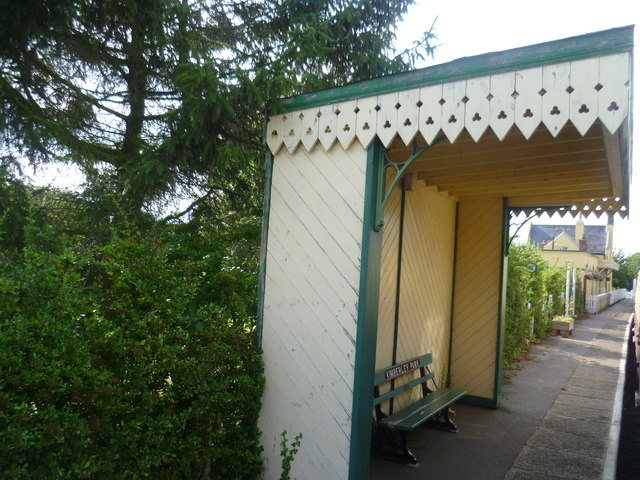
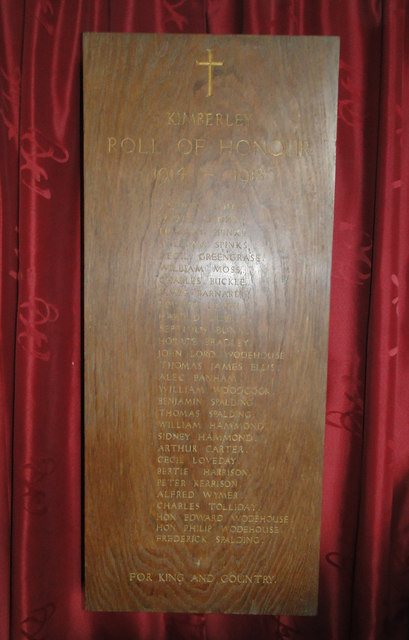
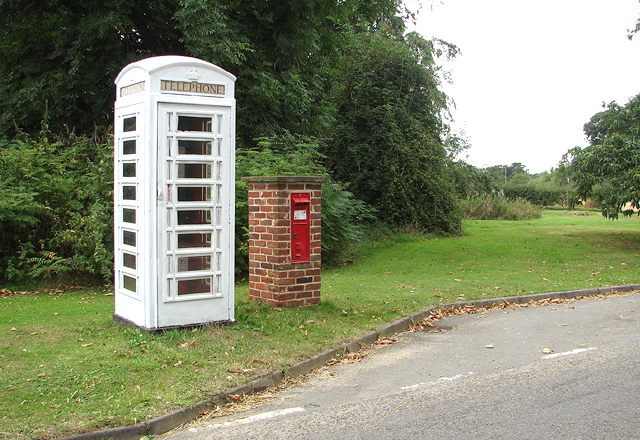
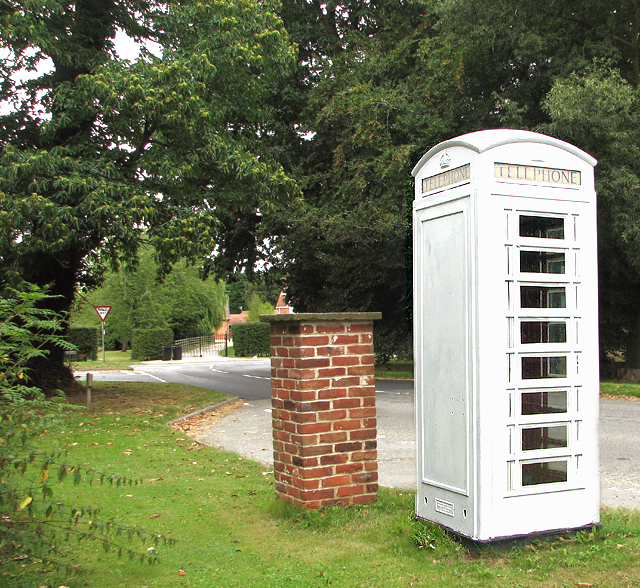
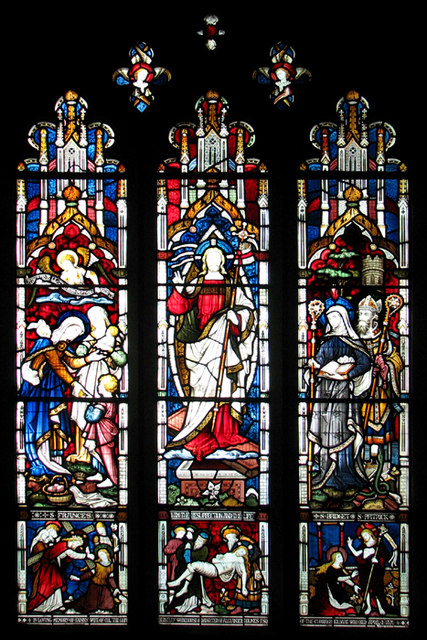
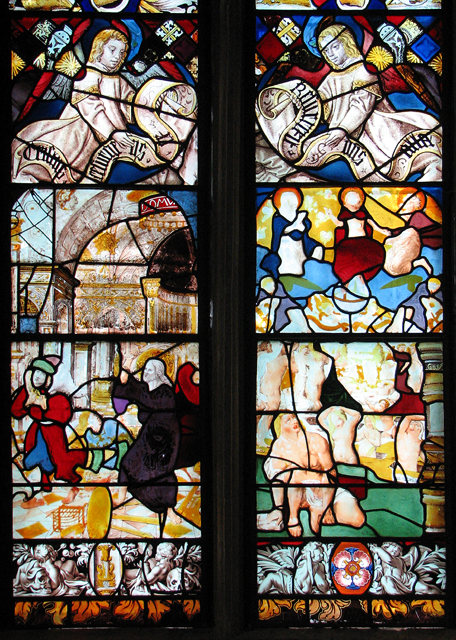
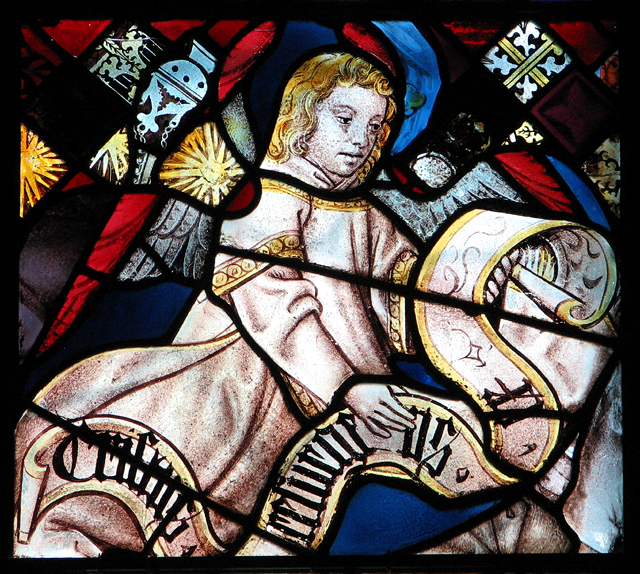
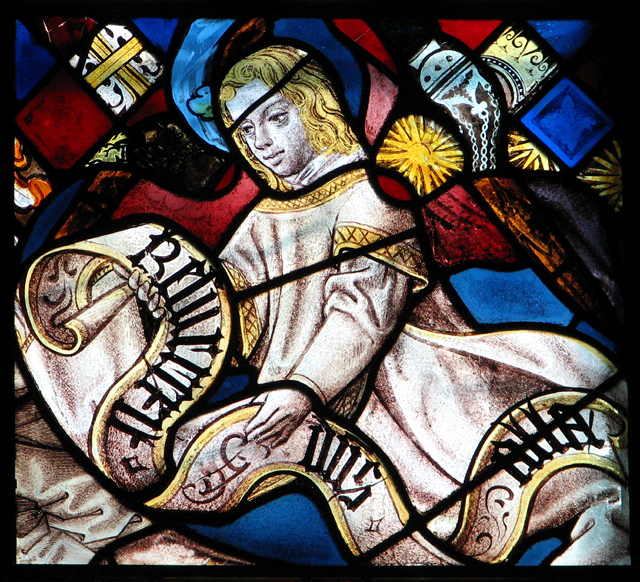

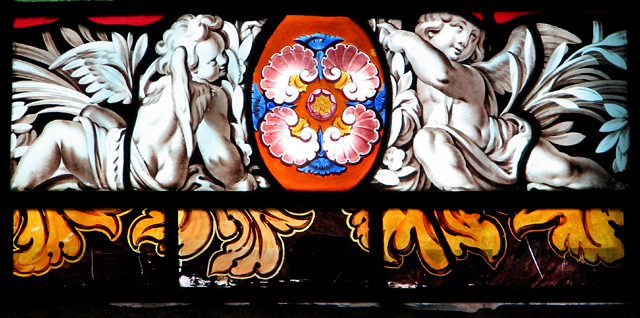
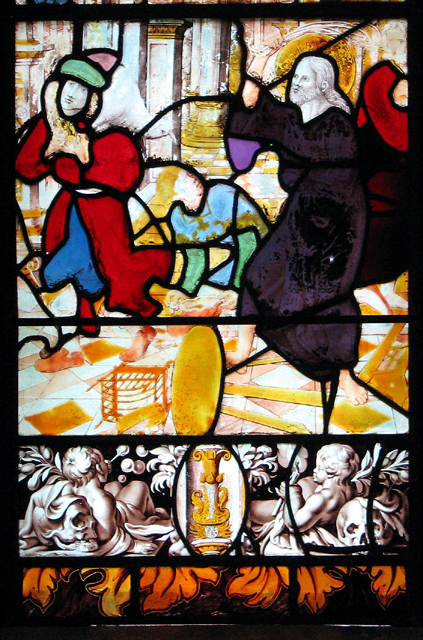
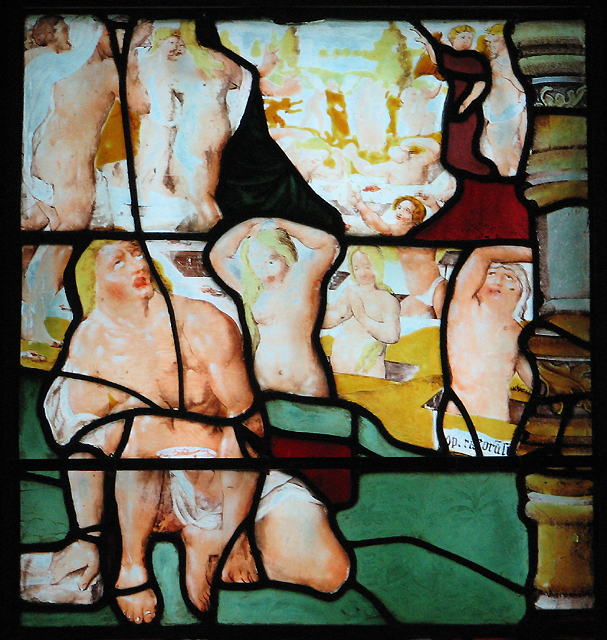
Crownthorpe is located at Grid Ref: TG0803 (Lat: 52.586643, Lng: 1.073474)
Administrative County: Norfolk
District: South Norfolk
Police Authority: Norfolk
What 3 Words
///bronzes.riots.befitting. Near Hingham, Norfolk
Nearby Locations
Related Wikis
Wicklewood Roman Temple
Wicklewood Roman Temple is the site of a Romano-Celtic temple near Wicklewood and about 1.5 miles (2.4 km) north-west of Wymondham, in Norfolk, England...
Wicklewood
Wicklewood is a village and civil parish in the South Norfolk district of Norfolk, England. It is located 11 miles (18 km) west of Norwich next to the...
Kimberley, Norfolk
Kimberley is a village and civil parish in the South Norfolk district, in the county of Norfolk, England, situated about 3 miles (4.8 km) north-west of...
Kimberley Park railway station
Kimberley Park railway station is a railway station in the village of Kimberley in the English county of Norfolk. == History == The Wymondham-Dereham branch...
Carleton Forehoe
Carleton Forehoe is a village and former civil parish 9 miles (14 km) west of Norwich, now in the parish of Kimberley, in the South Norfolk district, in...
Wymondham Abbey railway station
Wymondham Abbey railway station is a railway station in the town of Wymondham in the English county of Norfolk. The station is served by heritage services...
Wymondham Abbey
Wymondham Abbey (pronounced Windum) is the Anglican parish church for the town of Wymondham in Norfolk, England. == History == The monastery was founded...
Wymondham High Academy
Wymondham High Academy is a state-funded co-educational academy school in the English county of Norfolk It can be found near the centre of the town of...
Nearby Amenities
Located within 500m of 52.586643,1.073474Have you been to Crownthorpe?
Leave your review of Crownthorpe below (or comments, questions and feedback).

